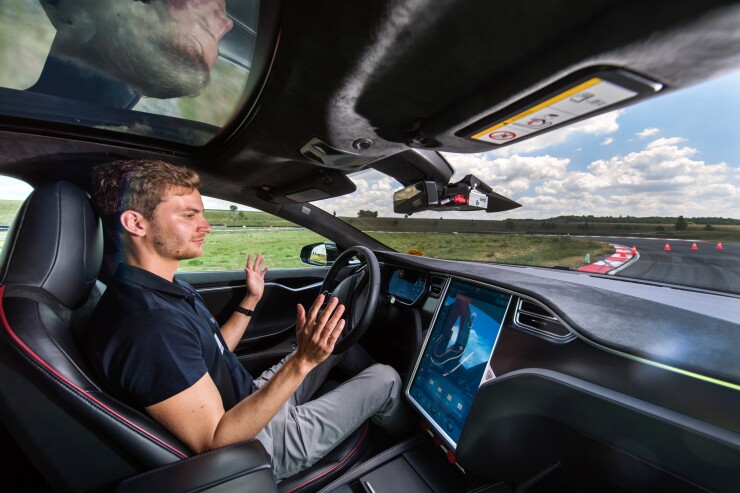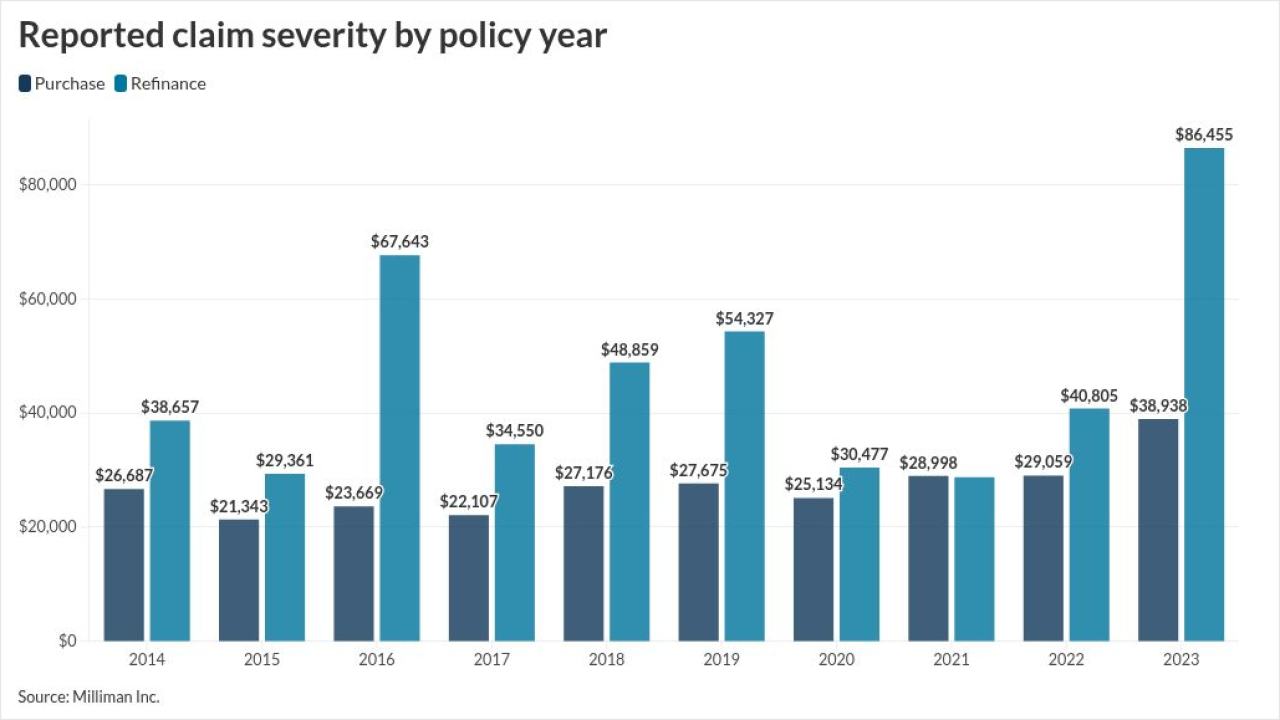April is National
The
"One of the main ways
"Computer vision is another incredible technology helping reduce and eliminate distracted driving through dash cam or in-cabin camera footage as it helps identify objects and audibly alert them when getting too close to the car in front. Many newer vehicles also offer dash cams and in-cabin cameras that use computer vision to audibly alert drivers who start to nod off while driving by identifying changes in head poses that are not focused on the road," adds Newbury.
The Insurance Institute for Highway Safety's
Kelly Hernandez, assistant vice president of
Hernandez says, "One of the things that we've identified is that it's hard to fix bad behaviors that you don't know you have. With our programs like telematics – SmartRide, as an example – with their mobile app, we provide a lot of insights into how you're driving and where you may have opportunities."
In 2020, Nationwide began gathering and analyzing distracted driving data and saw, "70% of all trips taken everyday had distraction. And 45% of our drivers are distracted at least once a day…" says Hernandez. She notes that Nationwide implemented an "awareness only" experience in which drivers received feedback on
"Just by providing that awareness, we were able to reduce distraction by almost 10 points, which is really exciting because it shows that these programs do work. They do help our drivers become safer. It shows that something like distraction is coachable," Hernandez states.
Joan Woodward, president of the Travelers Institute and executive vice president of Public Policy at Travelers, also shares the solutions and technology available to combat distracted driving, available through Travelers, in an email to Digital Insurance.
"One of the primary ways Travelers has focused on raising awareness of distracted driving is through consumer education. This includes: The company's annual Distracted Driving Risk Index, a survey of 1,000 consumers and more than 1,000 business leaders. It highlights the common behaviors many drivers may be participating in behind the wheel and offers actionable solutions to help address those risks. …" writes Woodward.
Woodward also believes that telematics can help prevent distracted driving behaviors. Travelers' IntelliDrive is a program that assesses a driver's behaviors and performance through a mobile app by gathering data on cell phone usage and crash detection. Drivers with safe driving habits are rewarded with insurance savings and those who show riskier habits may receive higher premiums.
"With IntelliDrive, we have built in additional resources to discourage distracted driving, such as the 'Distraction Free Streak' feature, which alerts drivers to the number of trips they've completed in a row without interacting with their phone," Woodward writes.






